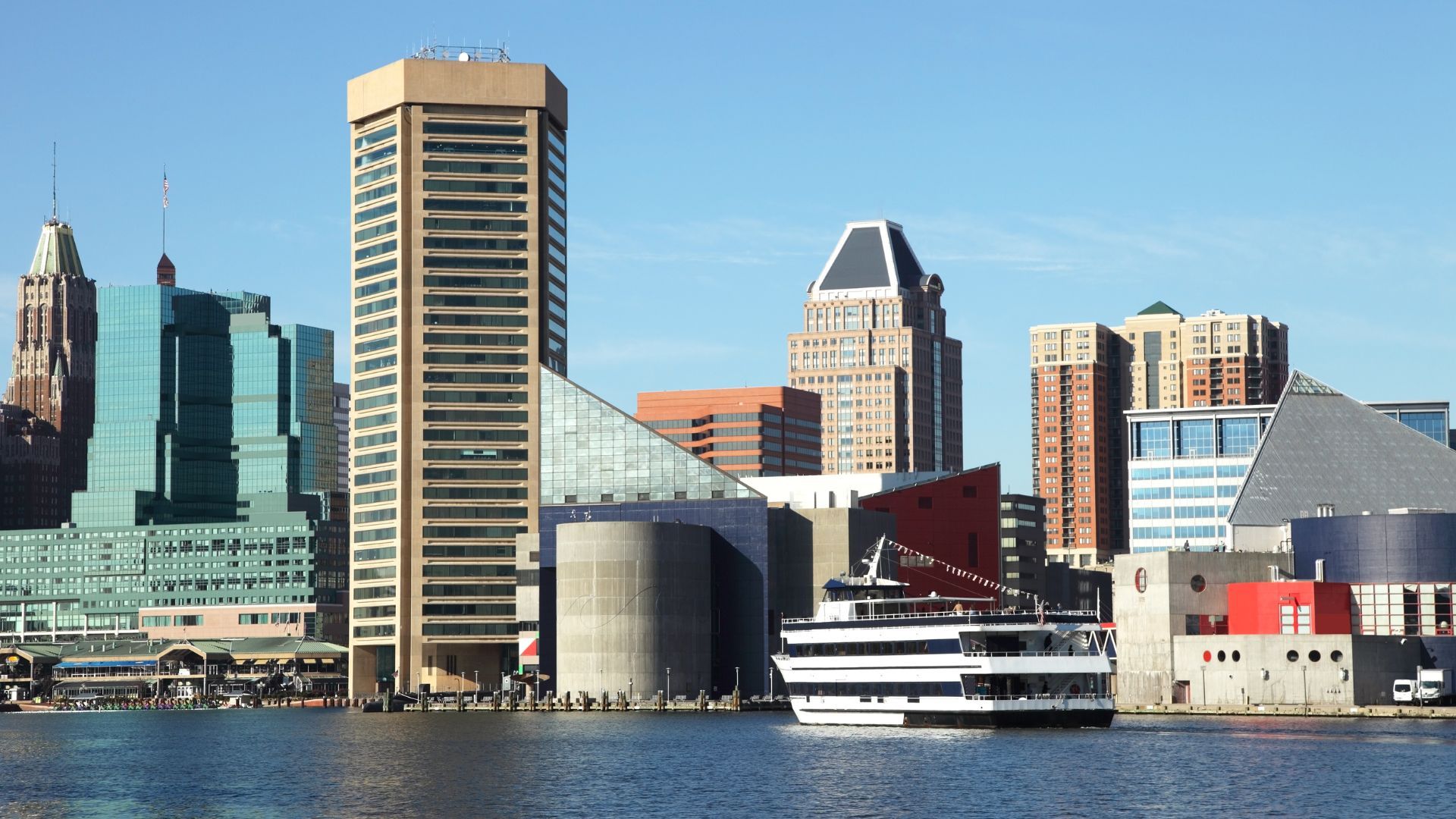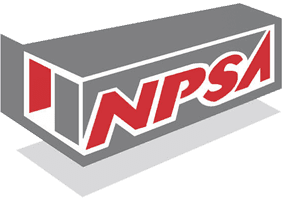Limited Time Offer: Get $100 Off Per Container
About Baltimore, Maryland
Baltimore, with a metropolitan population exceeding 2.8 million, is a major East Coast trade gateway anchored by the Port of Baltimore. Its intermodal network connects directly to Class I railroads CSX and Norfolk Southern, along with interstate highways, enabling efficient inland distribution. As both a maritime hub and inland freight connector, Baltimore plays a central role in linking U.S. manufacturers, agricultural producers, and global shippers to transatlantic and global trade flows.
The port handles imports such as cars, construction equipment, sugar, and furniture, and exports a wide range of goods including coal, agricultural products, and machinery, with strong trade ties to Europe, South America, and Asia. Thanks to its naturally deep harbor and location farther inland, Baltimore offers shippers reduced inland transit times to key Midwest and Northeast markets. It connects seamlessly to major highways (I95 & I70) and Class I railroads (CSX and Norfolk Southern), supporting fast intermodal transfers.
The Baltimore port manages high container volumes and is one of the most productive ports on the U.S. East Coast, serving as a critical link in both domestic logistics and international trade. This illustrated when the Dali shipping vessel engaged with the Francis Key Scott Bridge in March of 2024 and affected the secondary container market for weeks. Typically used (decommissioned) container availability in the Baltimore area is healthy.
Imports and Exports
- In 2024, the Port of Baltimore handled 45.9 million tons of foreign cargo, making it ranked as the 9th largest port in the USA in terms of foreign cargo tonnage and total dollar value.
- Mercedes-Benz, General Motors, and Domino Sugar rely on the Port of Baltimore for global distribution, making it a cornerstone of East Coast logistics and a vital gateway for U.S. manufacturers and exporters.
- Key Import Commodities: Automobiles and light trucks, farm and construction machinery, petroleum products, gypsum, sugar, alumina, salt, crude mineral substances, fertilizer and fertilizer materials, and ferroalloys.
- Key Export Commodities: Coal, corn, soybeans, lignite, coal, petroleum, fuel oils, waste paper, automobiles, and small trucks.
Local Economic Drivers in Baltimore, MD
Population
- The Baltimore-Columbia-Towson Metropolitan Statistical Area (MSA) had an estimated population of 2,859,024 in 2024, showing a slight increase of 0.51% from 2020.
- It is the 20th largest metropolitan statistical area in the nation.
- The Baltimore metro area is projected to reach approximately 2,387,000 in population in 2025.
Intermodal System
- The Port of Baltimore is a deep-water port with a main shipping channel of 50 feet (15.2 meters). The Port of Baltimore is well-connected to the nation's heartland, being closer to the Midwest than any other East Coast port and within an overnight drive of one-third of the U.S. population.
- Interstates and Highways that connect Baltimore: I-95, I-895, I-695, I-70 and US 40.
Major Employers
Johns Hopkins University System, University of Maryland Medical System, Social Security Administration, Amazon, LifeBridge Health, T. Rowe Price, MedStar Health, Under Armour.
Considerations Before Purchasing a Used Container in Baltimore
- Seasonality of the agriculture around Baltimore, especially if you need multiple units.
- Review historic trends of pricing to be knowledgeable of fluctuations & inventory demands.
- Visit BBB, Trustpilot & NPSA to make sure you are purchasing from a reputable provider.

What We Love About Baltimore, MD
The Port of Baltimore offers the deepest harbor in Maryland's Chesapeake Bay allowing this impressive port the opportunity to accept the largest ships in the world. Closer to the Midwest than any other East Coast port, the Port in Baltimore City is within an overnight drive of one-third of the nation's population, making it ideal for the import and export of goods.
Located along the Patapsco River, the Port of Baltimore consists of facilities for cargo as well as passengers. It is also equipped with major roll-on roll-off facilities and bulk facilities for steel handling. It handles the bulk of all Mercedes-Benz cars imported into the US.
In fact, the Baltimore, MD private and public terminals handled 857,890 autos and light trucks in 2019. This was the same year the Port handled a record-setting 1,073,749 TEU containers, the second time to cross the million mark. 240,000 people also passed through the port in 2019 pre pandemic along various cruise ships.
Looks like Baltimore has a lot to brag about, including being the home of Old Bay Seasoning, John Hopkins Hospital, Lexington Market, Fell’s Point and the Baltimore Raven’s.

